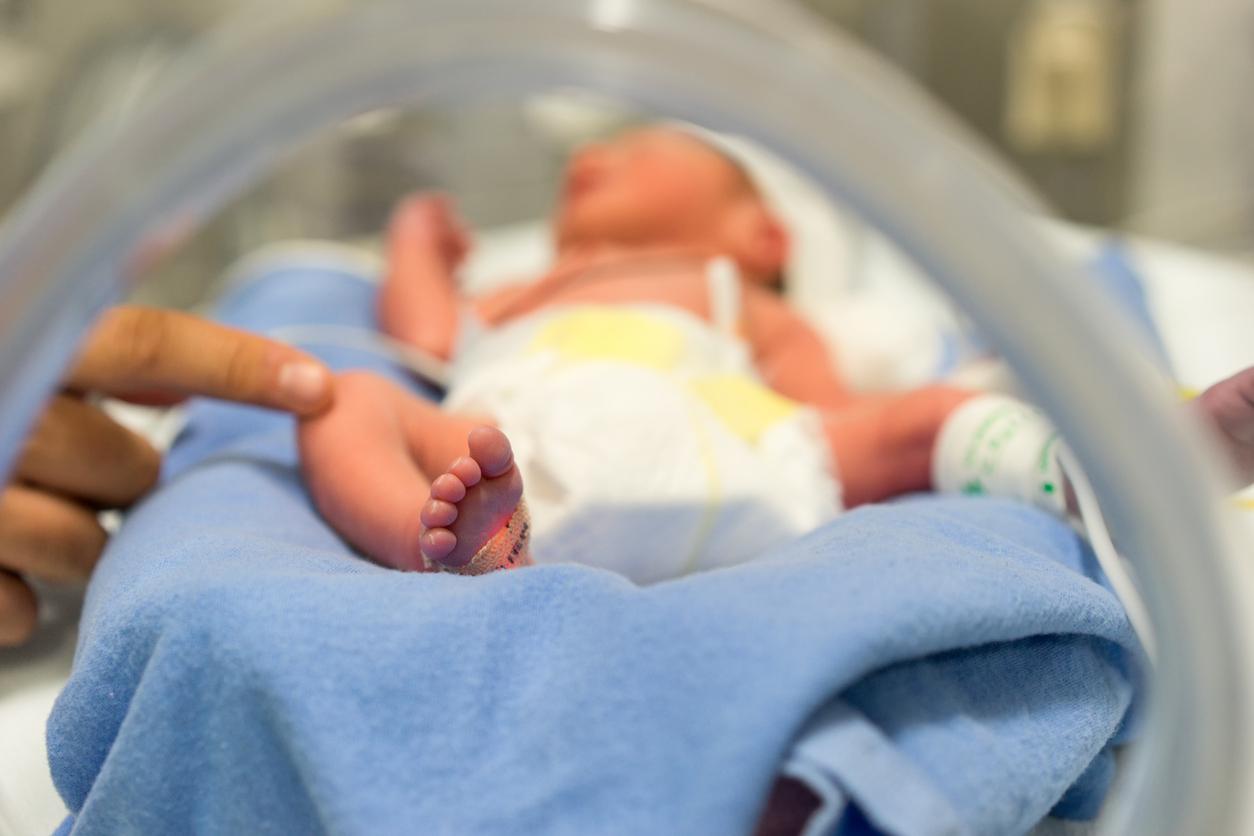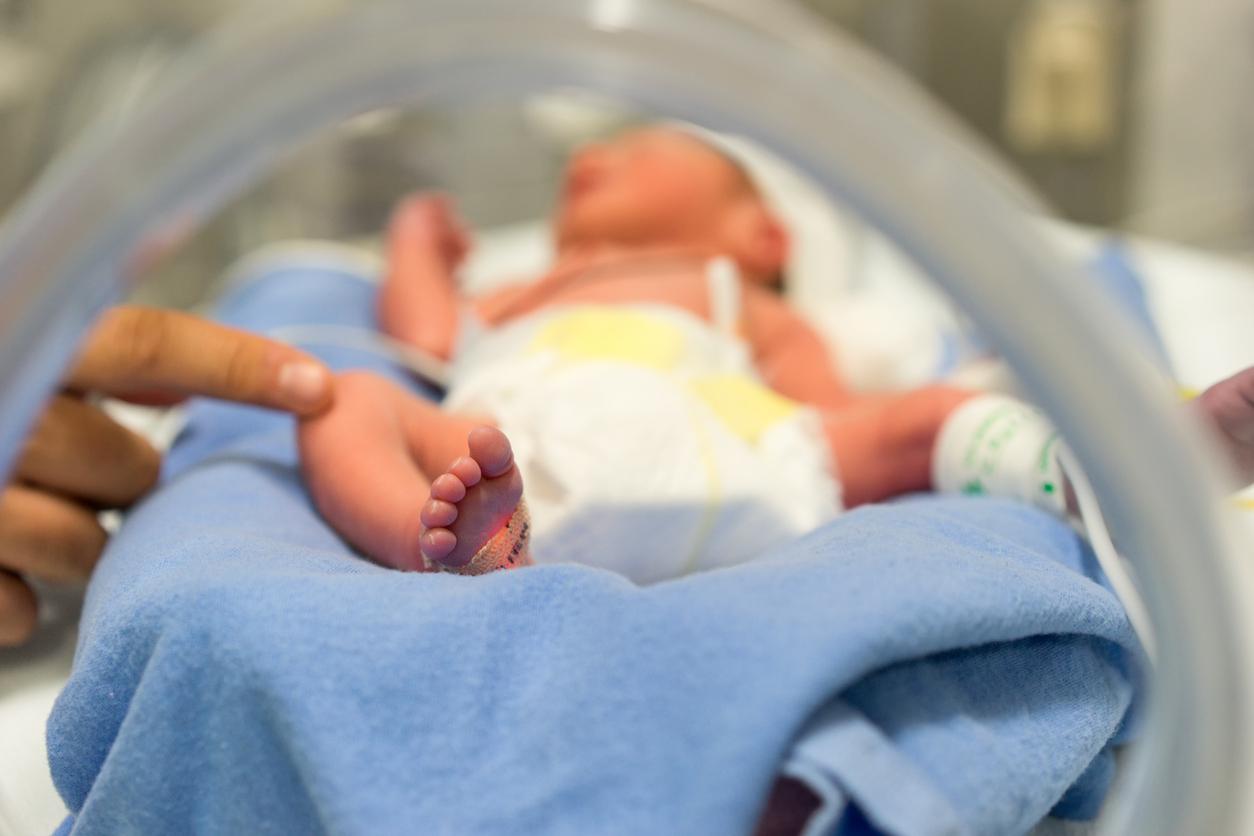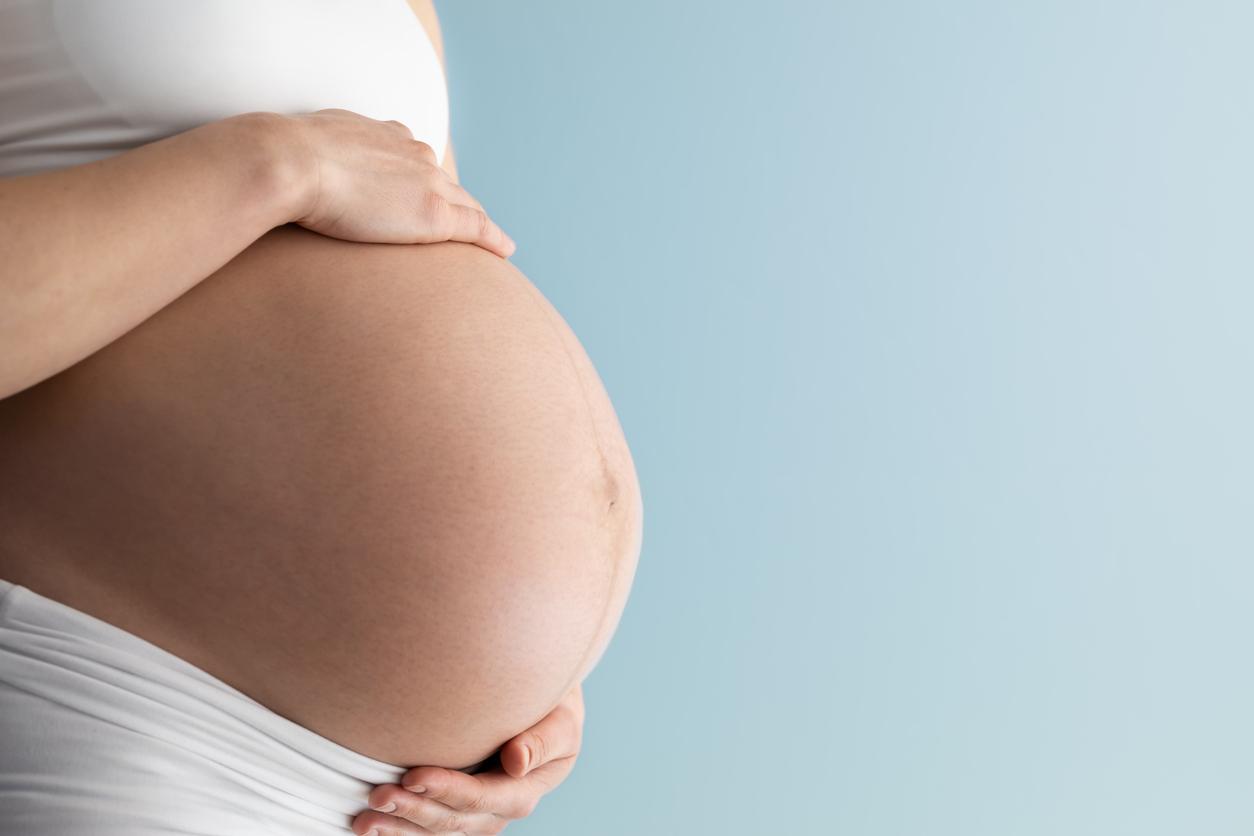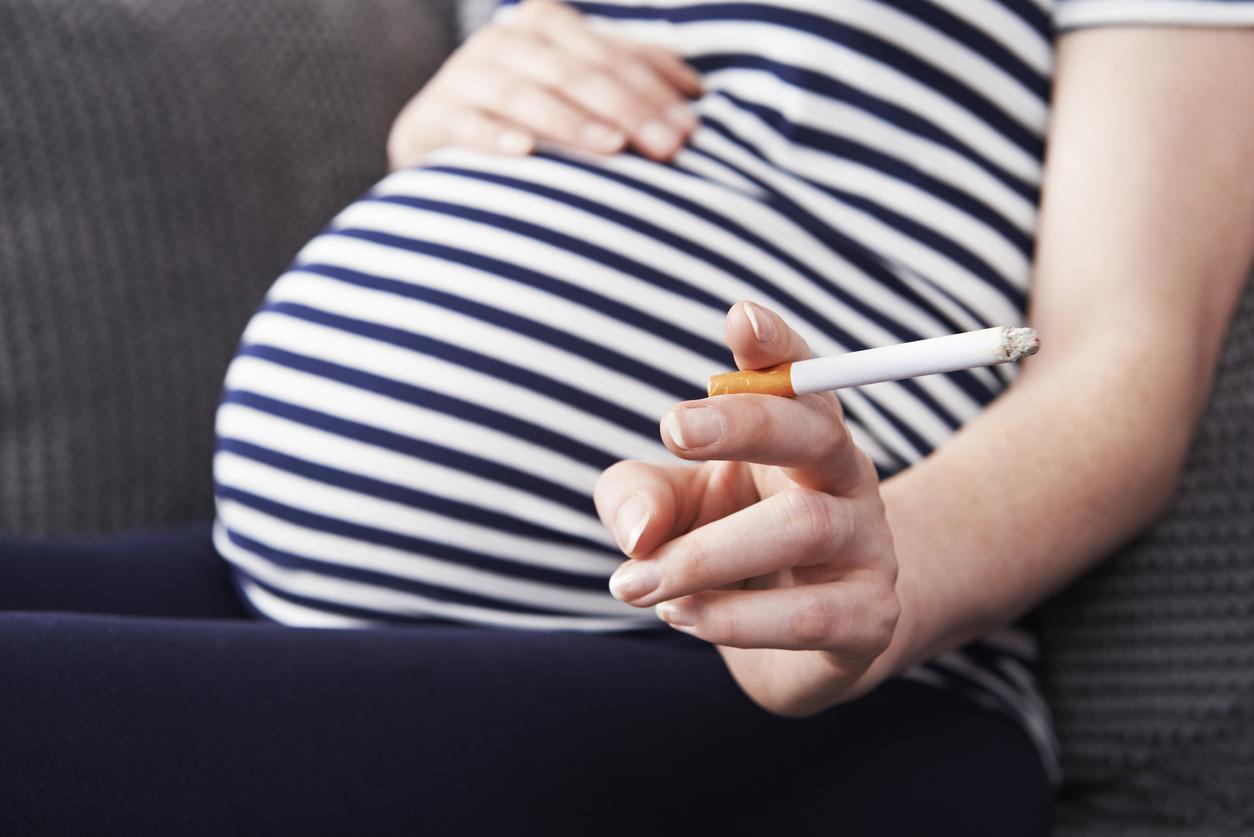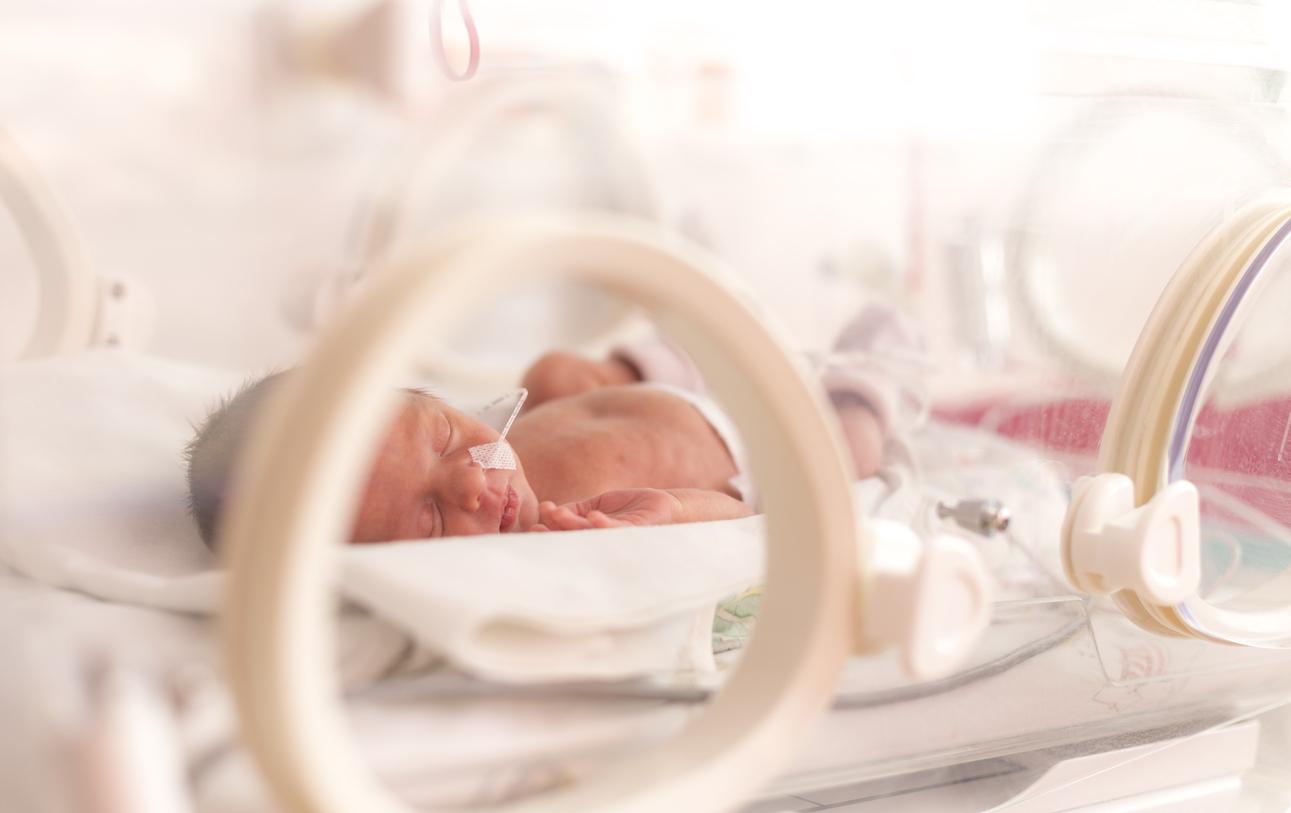Skin-to-skin contact, using the “kangaroo” technique, is effective in preventing complications in premature newborns, or at low birth weight.
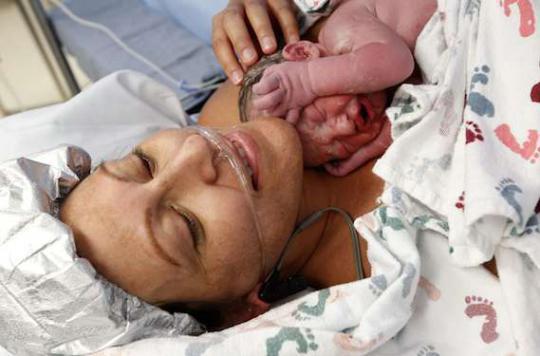
Human beings do not have a stomach pouch, but they can take inspiration from the kangaroo. This “skin-to-skin” contact technique, used in neonatal departments, has a bright future ahead of it. According to a meta-analysis published in the journal Pediatrics from the American Academy of Pediatrics, it has many health benefits for premature or low birth weight newborns.
The kangaroo method is defined by four criteria according to the World Health Organization (WHO). The first is the most important: the early initiation of skin-to-skin contact between the mother’s bare chest and the infant, and its continued and prolonged maintenance. The other criteria frame more general care: the WHO requires exclusive breastfeeding of the infant, the early discharge of the mother from the hospital and close monitoring at home. But for 68% of the 124 studies analyzed, only skin to skin was taken into account.
Less complications
This is obviously enough for the effectiveness of the kangaroo method. It is associated with a 36% reduction in neonatal mortality in low birth weight babies. The benefit in preventing complications is even more marked: the technique reduces the risk of sepsis – blood infection – by 47% and is also beneficial in preventing hypothermia and hypoglycemia. In addition to improving the health of the newborn, it tends to encourage the use of breastfeeding.
Researchers cannot define why this skin-to-skin method is effective. They assume, on the other hand, that close contact between mother and child helps maintain the correct body temperature. It now remains to generalize its use, which still poses a problem. “Despite the evidence of the many benefits for infants who benefit from the kangaroo method, its use around the world remains low and varies greatly depending on the facility and health professionals,” lament Dr Grace Chan and Ellen Boundy, authors. of this meta-analysis, interviewed by Reuters Health.
.







